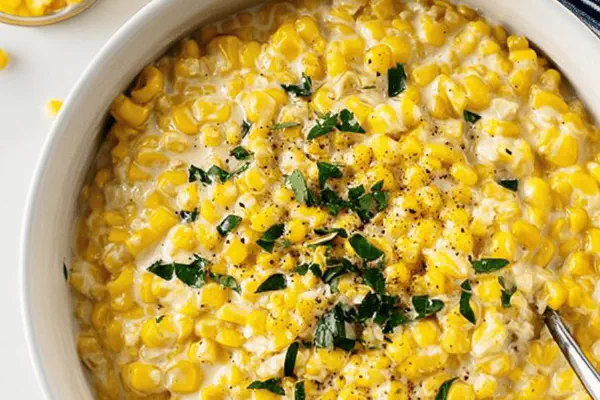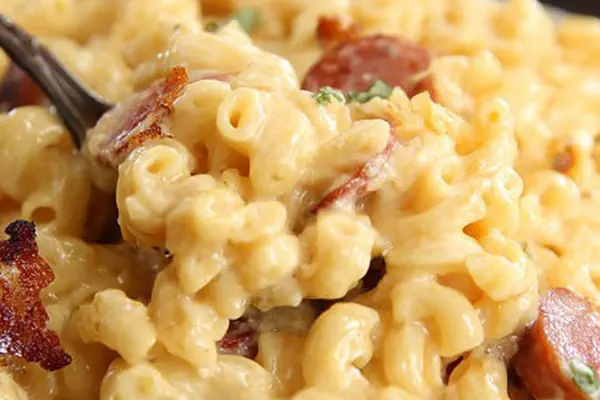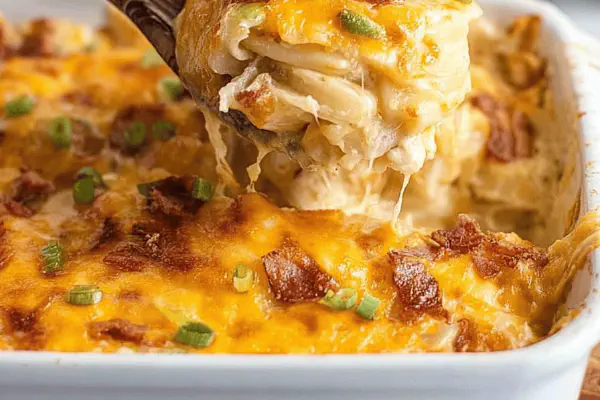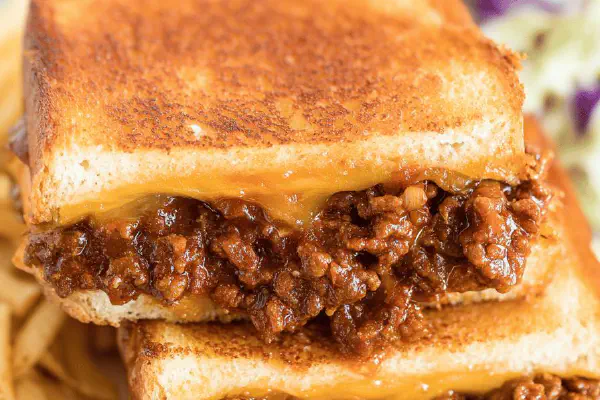Rustic Irish Colcannon
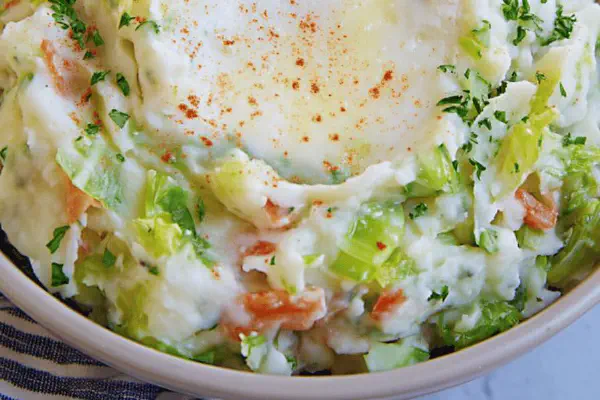
By Emma
Certified Culinary Professional
Ingredients
- 1 small head green cabbage
- 3 tablespoons unsalted butter divided
- 3 cups mashed potatoes chilled or fresh
- 4 scallions thinly sliced
- 1 cup cooked bacon chopped
- 1 tablespoon sour cream optional twist
- Maldon sea salt to finish
- Fresh parsley chopped for garnish
About the ingredients
Method
- Start with a large pot, fill about 3/4 with water. Bring to a rolling boil with lid off. Add cabbage whole or quartered based on size.
- Butter goes straight into the boiling water; it softens cabbage edges and adds richness during the plunge. Boil 3-5 minutes watching carefully; cabbage should turn a vivid green but still hold bite—not soggy or limp.
- Drain cabbage immediately in colander, give a quick shake to lose excess water—too wet ruins texture in mash fusion.
- If mash is cold, warm it over low heat in a big saucepan, stirring gently to avoid drying out. Add butter and the optional splash of sour cream. The sour cream gives a subtle tang and silkiness you don’t get otherwise.
- Chop cabbage roughly but don’t pulverize—little chunks add interest. Toss in scallions and crispy bacon pieces. Fold the cabbage mix into warm mash with careful strokes; overmixing turns it gluey. You want distinct bites of bacon and crisp scallions.
- Spoon into serving dish, make a shallow well in the center. Place a knob of butter inside that melts and pools invitingly.
- Finish with a sprinkle of flaky Maldon sea salt for crunch and brightness, chopped fresh parsley scattered on top to cut richness.
- Serve immediately for optimum contrast of warm, creamy potatoes, fresh herbs, and salty bacon bites. Leftovers reheat gently with a splash of cream or milk to bring back softness. Avoid microwave zapping—go stovetop low and slow.
- Notes: Substitute kale or savoy cabbage if green cabbage isn’t available; kale needs a slightly longer boil—listen for that tender snap and bright color to judge doneness.
- If bacon isn’t an option, smoked ham or pancetta works well; for vegetarian, use sautéed mushrooms with smoked paprika to mimic that depth.
- Don’t skip the scallions—their mild sharpness balances fat from butter and bacon. Can’t find scallions? Use finely chopped leeks or mild red onion, soak them briefly to tame raw edges.
Cooking tips
Chef's notes
- 💡 Boil cabbage with butter in water, not just plain salt water. Butter softens cabbage edges, adds richness while cooking, and stops limp mush. Watch the color closely; bright green with some bite left. Overboiling crushes texture, turns leaves dull too fast. Timing not exact minutes but feel and color pop. Drain fast to keep firmness; shaking off excess water helps avoid soggy mash mix.
- 💡 Keep cabbage chopped rough—don’t smash it. Large-ish chunks retain a rustic feel, bite, and texture contrast alongside the creamy mash. Fine dice turns the whole mash gummy, boring. Folding scallions and bacon last maintains their crispness and freshness. Use gentle strokes folding in, not stirring or mashing. Overmixing kills the layered textures, turns it gluey and heavy.
- 💡 Warm leftover mash gently on low heat before folding in cabbage and other mix-ins. Cold mash causes lumps and uneven texture. Butter melts smoother when mash is warm, binding ingredients well. A small splash of sour cream or cream at this stage adds silkiness and subtle tang but it’s optional; skip if unavailable. Keep stirring slowly to avoid drying or scorching on bottom.
- 💡 If green cabbage unavailable, kale or savoy works. They take longer to boil—listen for a tender snap and deep color change but stay cautious. Alternatives affect texture and cooking time. Bacon can swap with pancetta or smoked ham, or for vegetarian versions, mushrooms sautéed with smoked paprika mimic smoky notes well. Scallions can be replaced by soaked mild red onion or chopped leeks for a toned-down sharpness.
- 💡 When plating, make a shallow well in center to trap a knob of butter. The butter pools and melts slowly, mingling with salt flakes and parsley on top. Salt finish adds a crunch that contrasts the creamy mash. Parsley cuts through richness and adds freshness. Leftovers reheat slow on stovetop with splash of cream or milk; microwave tends to dry out texture. Keep textures lively even warmed.
Common questions
How to know cabbage is done but not mushy?
Watch color bright green. Edges should feel firm with slight snap. Bite test best. Avoid dull grayish green or limp leaves. Timing is flexible; sensory cues beat clocks here.
Can I use frozen mashed potatoes?
Yes but thaw completely first. Warm gently with butter before mixing cabbage and extras. Cold frozen mash leads to clumps and gluey mix. Adjust liquid slightly if needed.
What if I don't have scallions?
Substitute with finely chopped leeks or mild red onion. Soak sliced onions briefly in cold water to mellow sharpness. Keeps freshness and balances bacon fat well. Raw onion flavor too strong otherwise.
How should leftovers be stored and reheated?
Refrigerate in airtight container. Reheat on low stovetop with splash cream or milk, stir gently to restore softness. Avoid microwave; it dries almost instantly, breaks down texture. Freshening herbs on reheating helps too.
